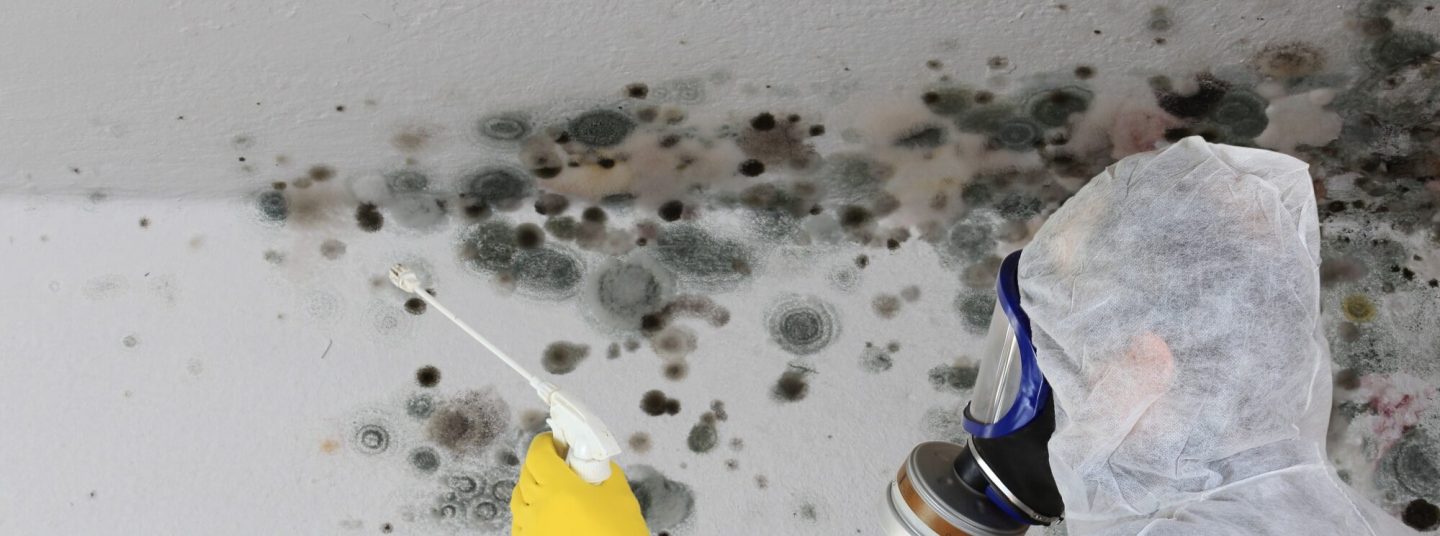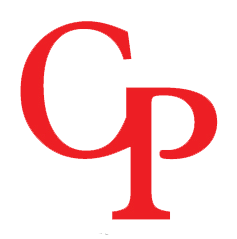
Mold is more than just an unsightly nuisance—it’s a potential health hazard that thrives under the right environmental conditions. In Southern California, seasonal changes can trigger mold outbreaks, especially during humid or rainy periods. Whether it’s spring showers or the damp aftermath of winter, understanding how and why mold forms in different seasons can help homeowners stay ahead of the problem.
From respiratory issues to structural damage, the consequences of unchecked mold growth can be costly. That’s why prevention and timely remediation are crucial, especially in homes susceptible to moisture issues. This blog explores the conditions that lead to seasonal mold, where it’s most likely to grow, and what you can do to prevent it.
Why Mold Is a Seasonal Problem
Mold spores are always in the air, but they only become a problem when they settle in a damp environment with limited airflow. Seasonal factors such as heavy rain, fluctuating temperatures, or increased humidity create ideal conditions for mold colonies to thrive.
Spring, for example, is often marked by higher humidity levels, rainfall, and mild temperatures, making basements, attics, and poorly ventilated bathrooms prime mold targets. Summer isn’t exempt either—high indoor humidity levels from air conditioning or poor airflow can cause mold growth in hidden areas.
According to the Centers for Disease Control and Prevention, mold can begin growing in as little as 24-48 hours under the right conditions, particularly after a water leak or flood. This makes fast action critical.
Common Areas Where Mold Develops
While mold can appear anywhere with sufficient moisture, there are a few hotspots that homeowners should keep an eye on year-round:
- Bathrooms and showers: Due to constant moisture, these areas are particularly vulnerable. Without adequate ventilation, mold can form on tile grout, ceilings, and even inside vanities.
- Basements and crawlspaces: These areas often have poor airflow and are prone to leaks, making them ideal environments for mold to grow.
- Kitchens and under sinks: Leaky faucets or drains can go unnoticed until mold has already developed behind cabinets or under appliances.
- HVAC systems: Air conditioning units and ducts can harbor mold if they accumulate condensation. This is especially problematic because spores can be distributed throughout the home.
The Health Risks of Mold Exposure
Prolonged exposure to mold spores can cause various health problems, especially in children, seniors, and individuals with respiratory conditions. Mayo Clinic notes that mold allergies can result in coughing, wheezing, eye irritation, and skin rashes.
For people with asthma or weakened immune systems, mold can trigger more serious complications. This is why even minor mold growth should never be ignored. Early intervention and professional cleanup are vital to protect both your health and your home.
How to Prevent Seasonal Mold Growth
Preventing mold involves controlling moisture and improving ventilation. Here are some practical tips to reduce the risk of seasonal mold:
- Fix leaks promptly: Whether it’s a roof, pipe, or foundation leak, even small amounts of water can create the perfect breeding ground for mold.
- Use dehumidifiers: Especially in basements or bathrooms, dehumidifiers can help keep indoor humidity below 60%, which significantly hinders mold growth.
- Ventilate regularly: Use exhaust fans in bathrooms and kitchens and keep windows open during dry days to increase air circulation.
- Clean regularly: Mold can start on dust and organic particles, so keep high-moisture areas like bathrooms and kitchens clean and dry.
- Monitor HVAC systems: Have your HVAC system serviced regularly and ensure drip pans are cleaned and draining correctly. Dirty filters and ducts can also contribute to mold growth and air contamination.
When to Call a Professional
DIY mold solutions might work for surface-level problems, but if the infestation is larger than 10 square feet, or you suspect it’s behind walls or under flooring, it’s best to call in professionals. Mold remediation experts can use specialized tools to assess the damage, contain the affected area, and remove spores safely and thoroughly.
Professionals also ensure mold doesn’t return by addressing the underlying cause, whether it’s a leaking pipe, inadequate ventilation, or groundwater seepage.
Cal Prestige – Mold Remediation and Prevention Services in Southern California
Keeping your home mold-free requires both vigilance and action, especially during seasons that promote moisture buildup. From identifying hidden sources of humidity to resolving long-term water intrusion, it pays to work with experts who know how to protect your home and health. Cal Prestige offers comprehensive mold remediation and prevention services throughout Southern California, helping homeowners tackle seasonal mold growth before it becomes a serious issue.

